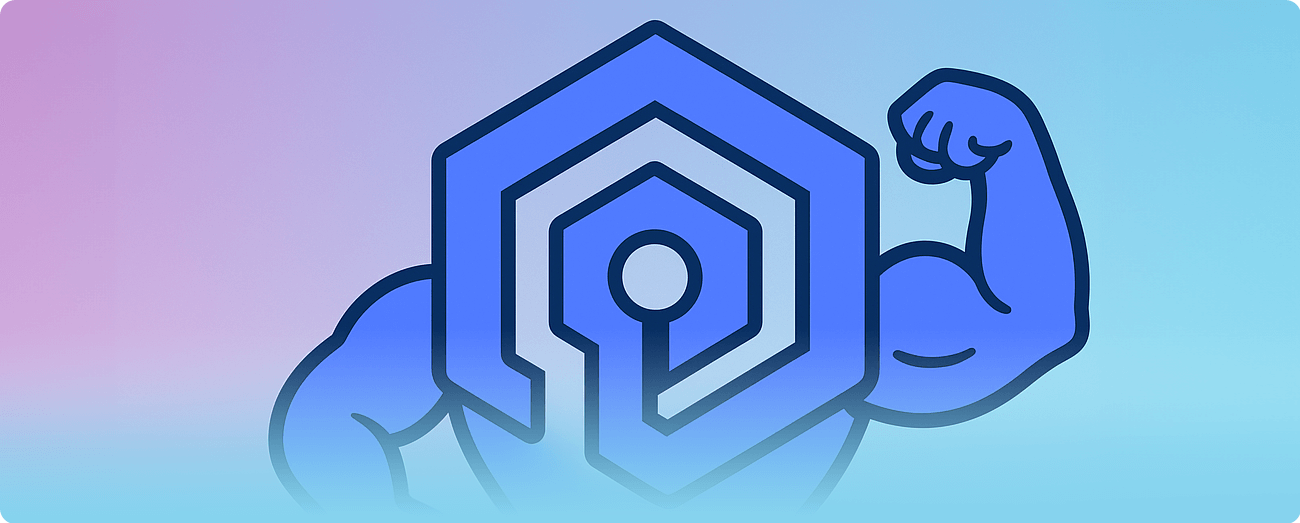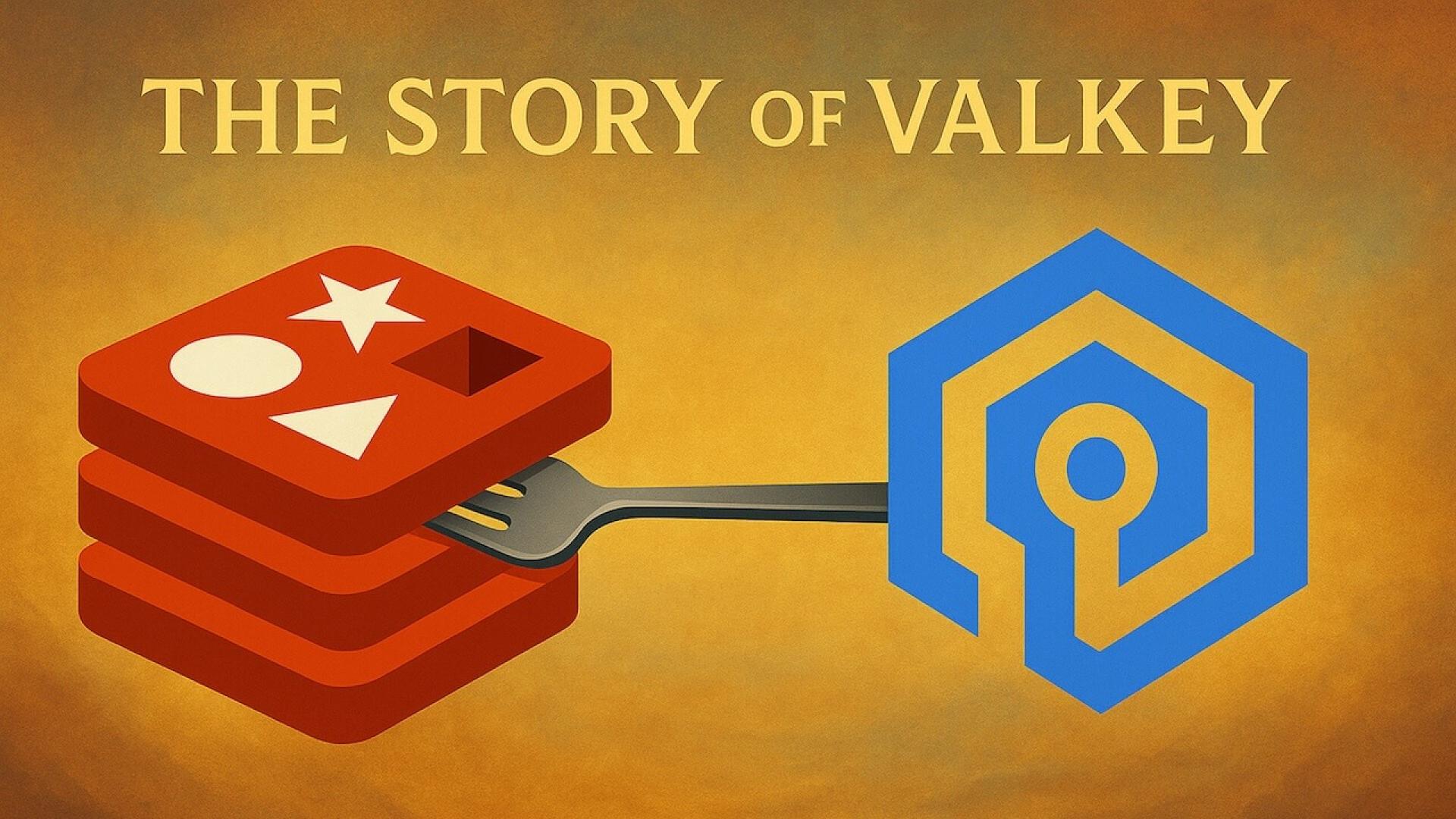Back in early 2024, a popular open-source project, Redis—made a bold change: it shifted its licensing from BSD to a more restrictive SSPL license...
This meant that developers could still use Redis freely; however, companies offering Redis as part of a commercial service now had to purchase a commercial license.
This triggered developer backlash. Almost immediately, a group of Redis contributors—joined by devs at AWS, Google, Oracle, and more—rallied together to preserve the open-source flame.
And thus Valkey was born, a fork of Redis 7.2.4, and pledged to remain open source forever.
How Valkey Came to Be

The formation of Valkey wasn't just technical—it was emotional. One developer compared the license shift to “coming out to your car and realizing someone stole the wheel off of it...”. So, a community transformed frustration into momentum. Early support poured in from across the industry, propelling Valkey to general availability within months.
By spring 2025, the project had delivered Valkey 8.0 and 8.1, packed with performance enhancements, observability upgrades, memory efficiencies, and new modules for Search, JSON, and Bloom filters—all driven by community contributions.
If You Know Redis, You Already Know Valkey
If you're new to in-memory databases, here's the gist: tools like Redis and Valkey store data in RAM, not on disk, which means reads and writes are super fast—think microseconds—to serve high-traffic apps such as gaming, chat, caching, or real-time analytics.
They use commands like:
SET mykey "value"
GET mykey
Straightforward enough even for beginners. Valkey uses exactly the same patterns as Redis, so your existing code can usually switch over by just pointing at Valkey instead of Redis.
How Valkey Improves on Redis

Valkey made some immediate and impressive improvements:
- Multi-threaded I/O – Unlocking up to 3× throughput over Redis 8.0 in tests
- Memory efficiency – Reduced overhead by ~20% with smarter data structures
- Better observability – Extended slow-log to full command-log, improved latency metrics, and enhanced logging
- New modules – Search, JSON, and Bloom filters to meet modern developer needs.
These weren't minor updates—they signaled that Valkey could not just preserve Redis's legacy, but evolve it for the future.
Valkey conversations on Reddit

One developer summed it up practically:
“Redis version 7.3 was before their big license change… If you are using 7.4 or higher you have to pay… the fork was done at 7.3 called ‘Valkey'… with the original license that's 100% free.”
(gomomento.com, en.wikipedia.org, reddit.com)
Others chimed in:
“Redis, Inc employed a minority of developers but holds the trademark, so most of the community went to Valkey.”
(reddit.com)
Another insightful take:
“Redis seems to be going all in on merging their modules into core… Valkey focuses on leveraging modern hardware… memory, clustering… and maintaining open-source principles.”
(dimasyotama.medium.com)
TL;DR Narrative Summary
- Act I: Redis relicenses—and the community feels betrayed.
- Act II: Valkey arises under the Linux Foundation, pledging openness and compatibility.
- Act III: Community accelerates Valkey development, delivering speed, efficiency, and new modules—all faster than Redis.
- Act IV: Developers migrate easily—same commands, better performance, open governance.
Valkey's journey is more than just a fork—it’s a community taking back control of its software future, driving innovation in the open, and shaping a platform for everyone. For newcomers, it’s a powerful reminder: open source thrives when its community stands behind it.
Sources
- Linux Foundation – A Year of Valkey
- Wikipedia – Redis
- Logz.io – Redis No Longer Open Source, Is Valkey the Successor?
- Percona – Valkey Emerges as Leading Open Source Alternative
- Redis.io – What is Valkey?
- Dimas Yotama – Valkey vs Redis: The Fork Awakens
- Valkey.io – Migration Guide
- News.YCombinator – Valkey Thread
- AWS – What is Valkey?
- GoMomento – Valkey Turns One
- Reddit – Understanding Redis 7.4 and Valkey Fork
